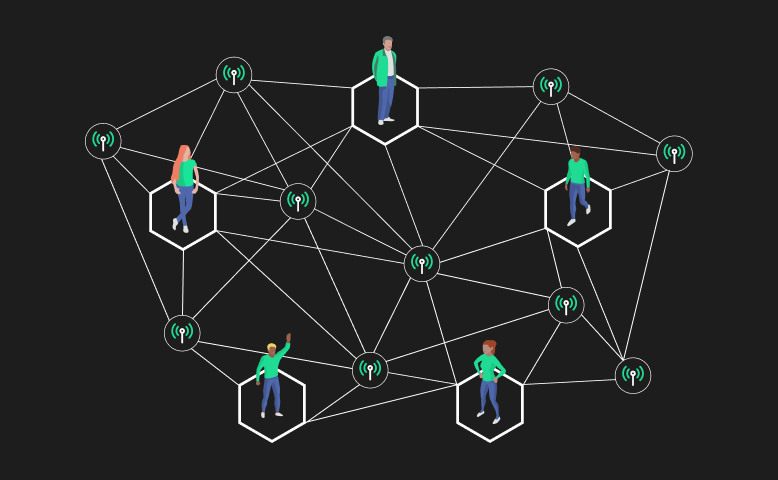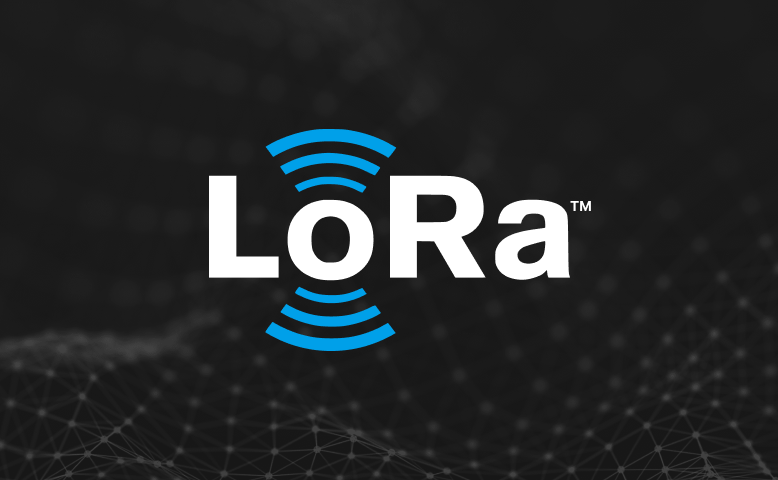
LoRa technology is a long-range, low-power wireless communications protocol that is quickly becoming the “go-to” wireless platform for Internet of Things (IoT). LoRa modulated transmission, which was developed by Semtech to standardize low-power wide-area networks (LPWANS), is able to transmit small amounts of data across long distances while resisting interference.
This form of wireless infrastructure is ideally suited for applications such as ‘smart cities’ and ‘smart homes’, environmental monitoring, and connecting sensors that are used across industries like agriculture, logistics, and even healthcare.
Products that are compatible with LoRaWAN technology include software and hardware devices such as antennas, development boards, sensors, WELT belts (smart belt technologies), and microcontrollers. These devices enable wireless communication through the use of LoRaWAN technology.
The Helium network is the world’s largest LoRaWAN network, and it is rapidly expanding. As a result, it becomes increasingly appealing to other public and private LoRaWAN network server (LNS) providers looking to expand their coverage without investing in their own equipment. HNT is distributed in the form of mining rewards when Helium-compliant hotspots validate wireless coverage and send device data across the network. In today’s blog, we will:
- Take a brief look at how LoRa sends data;
- Understand the use-cases of the LoRa network;
- Explain LoRaWAN technology and its relationship to LoRa;
- Discuss the differences between LoRa and WiFi;S
- And talk about the usefulness of a LoRaWAN gateway.
How Does LoRa Send Data?
LoRa devices enable the adoption of smart IoT solutions that address some of our planet’s most pressing issues, including pollution control, energy management, natural resource preservation, and infrastructure efficiency. Multiple LoRa gateways accept data packets broadcast by a LoRa node and route them to a centralized IoT network server. The IoT server controls the network and performs security checks, in addition to filtering out duplicate transmissions.
LoRa allows for long-distance communications of up to 3 miles (5 km) in urban areas, and up to 10 miles (15 km) in rural regions with longer lines of sight – reaching far greater distances than WiFi is able to and allowing thousands of IoT devices to connect to a single LoRaWAN hotspot. The People’s Network ushers in a brand new wireless economy, upending the old telecom approach of building wireless infrastructure.
Usefulness of LoRa Wireless Network
LoRa devices have remarkable characteristics for IoT applications, including long-range communication, low power consumption, and secure data transmission. This cutting-edge technology is frequently employed by public, private, and hybrid networks and has a greater range than cellular networks.
LoRa employs sub-Gigahertz radio waves, which may pass through some obstacles depending on the material they are constructed of. However, in other situations, those waves will be absorbed or reflected before reaching their intended recipient. Thus, employing LoRa in a densely populated urban setting may produce 2 to 3 km of coverage, compared to 5 to 7 km in rural regions.
Although LoRa and WiFi are closely related, each type of wireless network serves a unique function.
WiFi transmits massive volumes of data at rapid speeds over short distances, whereas LoRaWAN transmits little pieces of data hourly or daily across much longer ranges.
LoRa devices convert data into RF (radio frequency) signals and broadcast messages over the air through chirp spread spectrum communications. The devices communicate in an open frequency spectrum that does not require a government license. LoRa runs on license-free frequency bands, which means that no government or state license is required to broadcast on these frequencies.
LoRaWAN wireless protocol
LoRaWAN, short for Long-Range Wide-Area Network, is a low-power, wide-area networking protocol based on the LoRa radio modulation technology. It controls communication between end-node devices and network gateways and wirelessly connects devices to the internet.
Difference between LoRa and LoRaWAN
LoRa is a physical layer or modulation method that is used for long-distance, low-power communications networks. LoRaWAN is a global network architecture and communication protocol that sits on top of the LoRa physical layer. LoRaWAN, in a nutshell, takes LoRa wireless technology and adds a networking component to it. It is feasible for radio to support LoRa while not supporting LoRaWAN.
What is a LoRaWAN gateway?
A LoRaWAN gateway is a small, nondescript device, similar to a WiFi router, that contains the technology and software required to connect IoT devices to the cloud. It serves as a connection point between End Nodes and the Network. Gateways are outfitted with a LoRa concentrator and essentially function as a router to receive information from End Nodes.
What is a LoRaWAN gateway used for?
Helium-compatible LoRaWAN gateways are typically used to send sensor data from an electrical device to the cloud. LoRa gateways can be used to build a network implementation of important electrical devices, particularly in locations where other types of networks are not practicable owing to technological limits.
A more scientific explanation is that a LoRaWAN gateway receives LoRa modulated RF signals from any End Node within hearing distance and sends these data messages to the LoRaWAN network server (LNS) that is linked through an IP backbone.
Summary
LoRa technology has acquired tremendous traction in the corporate and research worlds in recent years. Semtech’s patented LoRa technology uses chirp spread spectrum modulation to convey data with promises of extended battery life, large communication distances, and high node density at the expense of data throughput.
LoRa technology is known for its extended range and deep penetration. When compared to rival networks such as WiFi, BLE, or ZigBee, LoRa signals may penetrate glass, metal, and concrete. Its coverage extends into locations where cell, WiFi, BLE, or ZigBee are not available. It gives more coverage while using fewer access points known as gateways.
Elevating LoRa devices to higher heights or rooftops will generally assist to extend their broadcast range! Other variables, such as – you guessed it – antenna qualities, can also have a big influence on transmission range. In this blog, we:
- Talked about how LoRaWAN has long-distance coverage, making it suitable for both urban and rural applications.
- Established the fact that LoRa network consumes less power, making it excellent for battery-powered gadgets.
- Discussed how LoRaWAN communication has low bandwidth, making it appropriate for practical IoT applications that require less data.
Joining the Emrit family is a terrific way to get started in the universe of decentralized wireless technology. Our welcoming community is ideal for those wanting to learn more about blockchain technology and mining cryptocurrency, even if they have no prior experience! And joining Emrit now is an investment in and of itself – we have huge ambitions, and we want you to be a part of them!
Join us on our journey through the amazing world of Web3!
Keep in touch:
- Join our Discord community for live troubleshooting help and weekly AMAs.
- Follow us on Twitter for the latest news.
Have questions or need assistance? Visit our support page.



